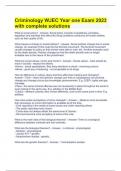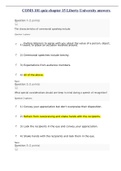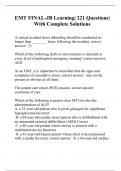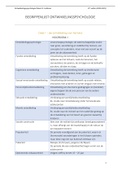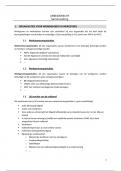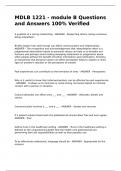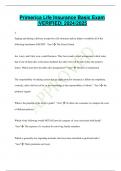Summary
British Civilization Samenvatting British culture period 2
- Course
- Institution
- Book
Chapter 4, 6, 7, 8, 9, 10, 11, 12 Everything for British Culture 2 in grade 1 of the English Teacher at HAN. British civilization and introduction ninth edition.
[Show more]





